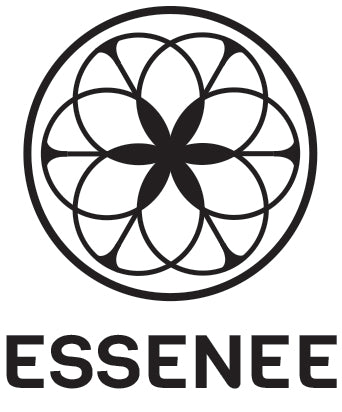
The tetrahedron, with 4 triangular faces, spoke to Fuller with its simplicity, stability, and efficiency. He used tetrahedron-based structures as building blocks for lightweight yet strong systems like the octet truss. Fuller was also fascinated by the icosahedron and its 20 equilateral triangular faces. He saw the icosahedron as expressing a more complex order in nature. It reminded him of spherical forms like radomes and viruses.
In Synergetics, Fuller studied how the tetrahedron and icosahedron could be harmoniously combined and subdivided into triangular grids covering a sphere. This led him to design the geodesic dome based on distributing the faces of an icosahedron.
Fuller believed these two Platonic solids offered insight into nature's coordinate system and the energetic geometry underlying the universe. The tetrahedron represented fundamental simplicity, while the icosahedron suggested deeper orders of complexity.
By exploring the geometry of these two shapes through Synergetics, Fuller produced innovative structures expressing economy, strength, and harmony - principles he saw mirrored in nature's own designs.
explore this handbag: SELENE

